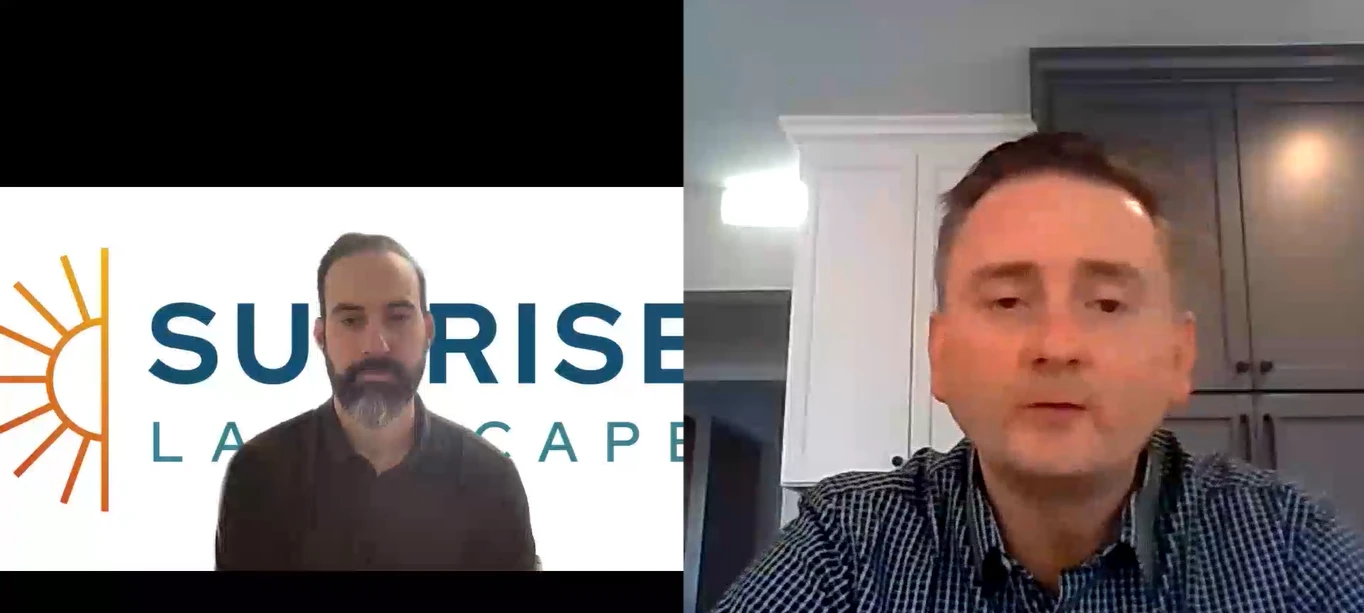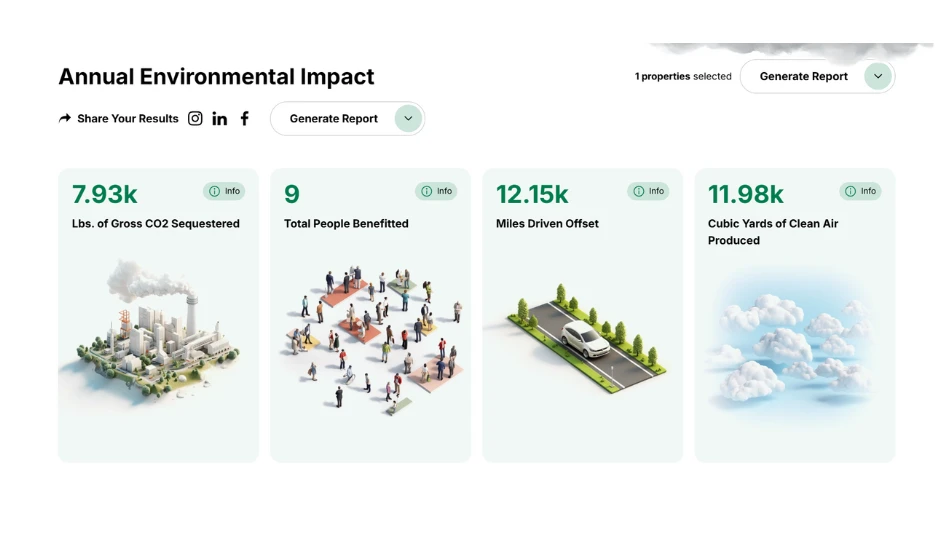Although subject to various regional and weather-related variances, the slowdown in the economy continues to hit the irrigation industry.
The housing and construction meltdown led to a decrease in large-scale commercial irrigation installation and management projects, even though it took awhile for the full effect of the downturn to have an affect.
“When the market began to tank, those doing large-scale commercial projects were the only people who had work because the projects were already underway,” says Ed Klaas, owner and vice president of business and legal affairs, Southern Sprinkler Systems, Roswell, Ga. “Now that has dried up.”
Klaas, whose company specializes in repairs, maintenance and upgrades for existing residential and commercial work, saw a decrease of 27 percent in gross sales in 2008 compared to the previous year. He says 2009 started slow but picked up in early spring.
Glenn Broussard, owner of landscape firm Broussard Associates in Clovis, Calif., says his irrigation business has “come to a crawl like everyone else’s. New projects have slowed way down, although here in California other opportunities are opening up, such as retrofitting existing systems.”
Timothy Malooly, owner of Irrigation Consultants & Control in Plymouth, Minn., with annual revenue between $3.5 and $5 million, has seen a slowdown in conventional irrigation projects directly related to construction. However, “our ‘green build’ work is chugging along at a good pace as is our work in consulting and applied technologies, such as weather-based applications, computer central control and water management services,” he says. Customers want lower prices overall, and the cost savings these applications can provide.
The housing market's influence
Irrigation industry consultant Brian Vinchesi, Pepperell, Mass., says he doesn’t see any sudden dramatic uptick in new irrigation projects because the irrigation installation industry is so closely tied to the housing market. “The market is certainly slower, and on the commercial side you are seeing more value engineering than usual,” he says.
“We have seen some projects come to a complete halt or customers requesting 15 to 30 percent price reductions without reductions of services being offered,” adds Eric Santos, division irrigation adviser, ValleyCrest, Calabasas, Calif.
Todd Magatagan, owner of Around the Grounds in The Woodlands, Texas, says the southeastern portion of the state has bucked the economic slowdown to some extent because of the bustling oil and gas industry. Still, he says, clients are “speaking nervously” about projects and being much more deliberate in their planning. “The entry level housing market has come to a grinding halt, although there is still some custom home work out there with homes over $500,000,” he shares. “But quite a few former clients are reducing their spending – and these were people who would spend millions of dollars on commercial and large-scale housing projects.”
Many of Klaas’ clients have postponed service and are scrutinizing their invoices “in ways they never did in the past,” he says. “We get asked about certain line items or people tend to hold off on upgrades.”
The Southeast has been hit by a “double whammy,” Klaas says, describing this as an across-the-board economic slowdown that affects clients’ ability to pay for service coupled with strict water use regulations brought on by a severe drought. Ironically, the rainfall the Southeast received in early spring allowed some homeowners and commercial properties to turn on their irrigation systems for the first time in many months. They found problems that had to be dealt with, creating business for irrigation professionals.
Action, reaction
Klaas laid off staff. Broussard says companies are laying off employees instead of dropping prices and holding on to whatever cash they may have.
Klaas also says irrigation professionals in the Atlanta area have been reducing prices in furious bidding wars for available work. “Sometimes when I hear the numbers our competitors are bidding it makes me sick to my stomach,” he says. “They are damaging our ability to make a reasonable profit. They think they are doing what it takes to survive but they are only setting us back as an industry and it will take a long time to recover. In the end, what they are probably doing is working themselves to death and will end up closing their doors anyway.”
Broussard concurs with Klaas’ assessment on dropping prices. “There’s really no reason to drop your prices in this type of economy,” he says. “That would guarantee that you would go out of business. The only real change in doing business is that you now search for projects; they no longer come to you.”
Magatagan is also not reducing his prices or altering his planning to any significant degree. “I’m not changing any of my company’s strategies just yet,” he shares. “Luckily, I have a waiting list. Whether that waiting list is there when I need it will have to be seen.”
One of his core strategies is to appeal to clients who value their properties and landscaping, and who feel it is important to maintain both at optimum levels, he adds.
Santos says his “pencils are much sharper now,” adding, “but so far we have not run into anyone drastically reducing their prices on irrigation upgrades and water management services. There is still a relatively high level of training and expertise associated with irrigation upgrades and water management that justify the added expense.”
Malooly says competition is intense. He cited a “level of competition ... that seems to leave little regard for professional, best practices and the best interests of the consuming public.
“This self-destructive behavior seems to be to be accelerating in the short term,” he says. “Quality-based irrigation companies and consultants are at severe risk, especially the larger companies. Matters are made worse by an apparent national implosion of the professional design community earlier this winter and the resulting high levels of design-build projects with little oversight or enforcement of bids, bidders, awards and, most importantly, construction outcomes.”
Vinchesi says irrigation professionals should seek to differentiate themselves to keep clients and add new ones. “They need to be selling smart irrigation systems that are more efficient and use less water,” he explains. “They also need to improve their education, get certified and separate themselves from the pack. And they need to show concern for the customer’s pocketbook.”
“We are big proponents of Irrigation Association certification and the EPA WaterSense program,” Klaas adds. “I am not certain those designations have helped us win any jobs, but it has helped educate us on the proper ways to practice our craft and it is the right thing to do.”
Droughts fuel rebound?
“There are two factors contributing to a high demand for highly trained irrigation repair and water management services for our commercial maintenance accounts in many of our urban markets,” according to Santos. “The first factor is the increasing price of water and drought allocation penalties being imposed by many water agencies. The second factor is the green, eco-friendly and LEED certification movement. Everyone wants to be recognized as doing their part to reduce their carbon footprint. Many clients are asking us to revisit and update irrigation conservation and irrigation upgrade proposals that were previously put on the back burner.”
State legislation mandating system efficiency and state licensing programs will reduce the number of “cheap and poorly installed” irrigation systems and will work in favor of more qualified irrigation and water management companies.
Klaas says it has been valuable to serve on industry boards. He also is an Irrigation Association ambassador, working on legislation and regulatory matters and helping promote professional certification and EPA WaterSense.
Unfortunately, the immediate future in most areas of the country doesn’t look particularly bright for the industry. Although some work is beginning to trickle through the pipeline due to the federal economic stimulus package, those irrigation professionals that are holding their own have braced for a long, tough fight back.
“Between water restrictions and the economy I don’t think things will change for the better for awhile,” Vinchesi predicts.
“It’s going to be a very bad year in 2009 without a doubt,” Klaas agrees. “We are only in May but we are already writing off most of the year and hoping for better in 2010.”
Broussard says cautiously, “We started to see new projects each week for six or seven weeks. I think it will just take a few more months before we see the real economy again.”
Malooly says signs point to an end of the recession in mid-2010, but the industry’s growing pains may continue beyond next year.
The author is a freelance writer based in Torrington, Conn.

Explore the June 2009 Issue
Check out more from this issue and find your next story to read.
Latest from Lawn & Landscape
- Connect, Control & Conserve with Horizon Technical Services
- Use Horizon's Parts Hotline
- How I built a Top 100 company
- Horizon’s Exclusive TurfGro Fertilizer
- Grow your business with mosquito control
- LandCare adds 2 branches in SoCal, promotes Aleman to branch manager
- Spray them away
- PERC helps debut propane direct-injection fuel system at ACT Expo 2025






